Teaching the New Tools of Monetary Policy
Resources for teaching the Fed's monetary policy tools in an ample-reserves framework.
{{searchResultSnippet}}
 Back to All
Back to All
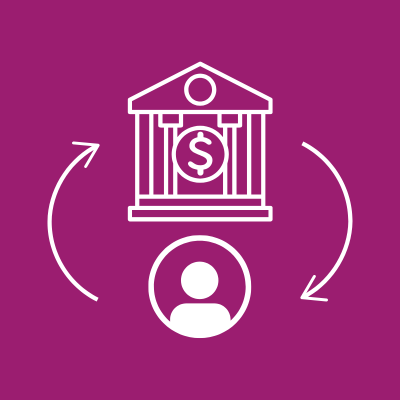
This video assignment combines history and economics and summarizes the debate in the United States over the creation of the Second National Bank in 1817.
After the charter of the bank of the United States expired in in 1811 what happened next? You know what happened, tell me. With pleasure. The war of 1812 against Great Britain left the United States once again in debt. But we had no national bank and that made the governments financial situation more even more difficult. Some influential people thought a new national bank will stabilize our currency and help finance the war debt but it still took years. Finally in 1816, President Madison signed a bill authorizing the second bank of the United States. So, how much are you looking to borrow? Well my new iron works will be run on entirely on water power. The second bank operated much like the first bank. It had many branches, it was a banker to businesses and individuals. It was the governments fiscal agent. Receiving its revenues, holding its deposits and making its payments. It also helped finance westward expansion. And then in 1829 Andrew Jackson became President. Partly because of a bad financial experience he'd had, Jackson was on the side of those who opposed the bank. He withdrew the state government funds and transferred them to state chartered banks. Then in 1836 the banks charter expired it was not renewed. After that the United States was without a central bank for more than 75 years. Until after the Federal Reserve Act was passed in 1913.
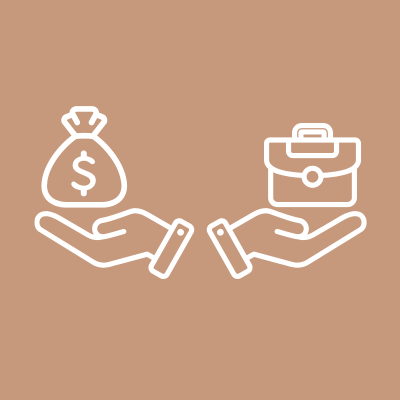
Teaching the New Tools of Monetary Policy
Resources for teaching the Fed's monetary policy tools in an ample-reserves framework.
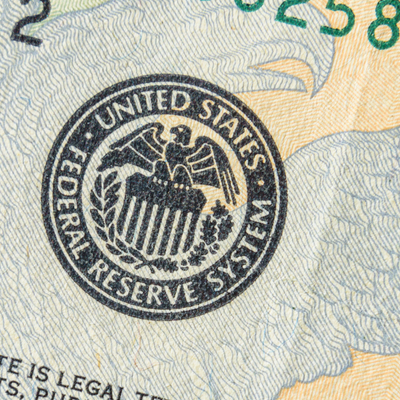
Making Sense of the Federal Reserve
Introduce the structure of the Federal Reserve and the basics of monetary policy.
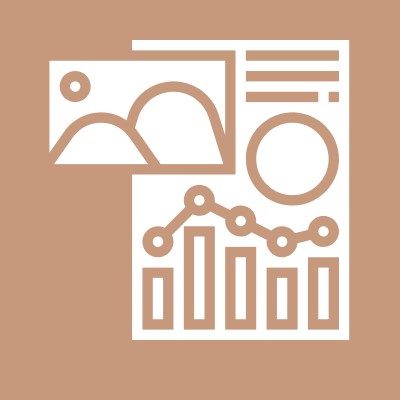
Fiscal & Monetary Policy
Define fiscal and monetary policy and highlight their differences.
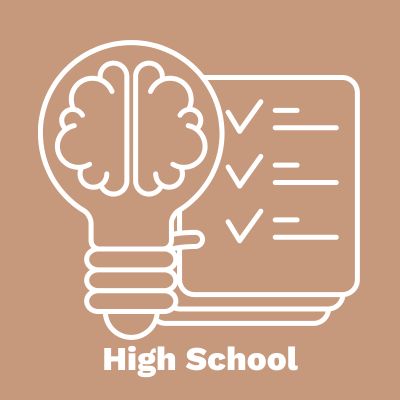
What Happens When the Federal Reserve Raises Interest Rates?
Demonstrate how a change in the target range for the federal funds rate transmits through the economy.
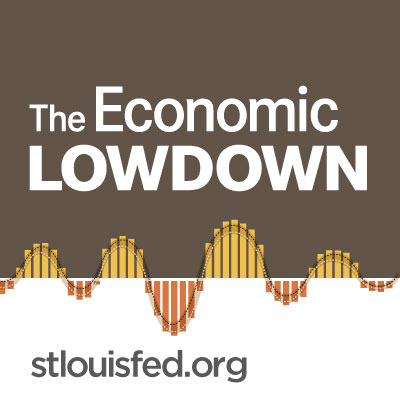
Econ Lowdown Podcast Series
21 Economics audio assignments for your classroom
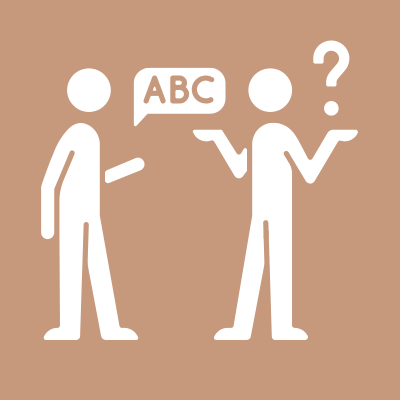
Jargon Alert: Helicopter Money
Learn about a tool to stimulate economies and fight deflationary pressures.
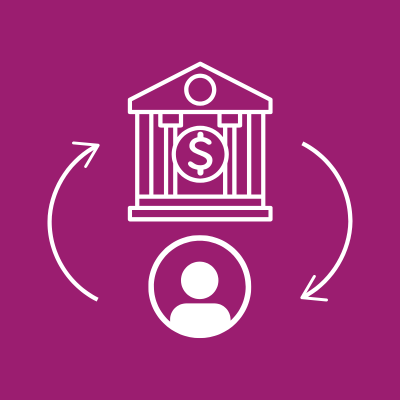
Boom Times and Bubbles: The Internet Age
Learn about the Monetary Control Act of 1980.

Central Banking
Learn the basics parts a central bank.

Creation of the Federal Reserve
Learn about banking panics, recessions, and depressions in the U.S. during the 1800s.

Inflation, Deflation, and Disinflation
Learn the differences between inflation, deflation, and disinflation.

Inflation, the Fed, and You
Learn what causes inflation.

Introduction to the Federal Reserve
Introduce the Fed’s three main functions.

Monetary Policy Fed and You
See how the Fed conducts monetary policy.

Money Versus Barter
Learn how money solves problems created by barter systems.

Price Stability
Learn the importance of price stability.

Stagflation in the 1970s
How did Federal Reserve Chairman Paul Volcker contain inflation, spurred economic growth, and reduced unemployment?
{{resourceTitle}}
{{resourceBlurb}}